最近的
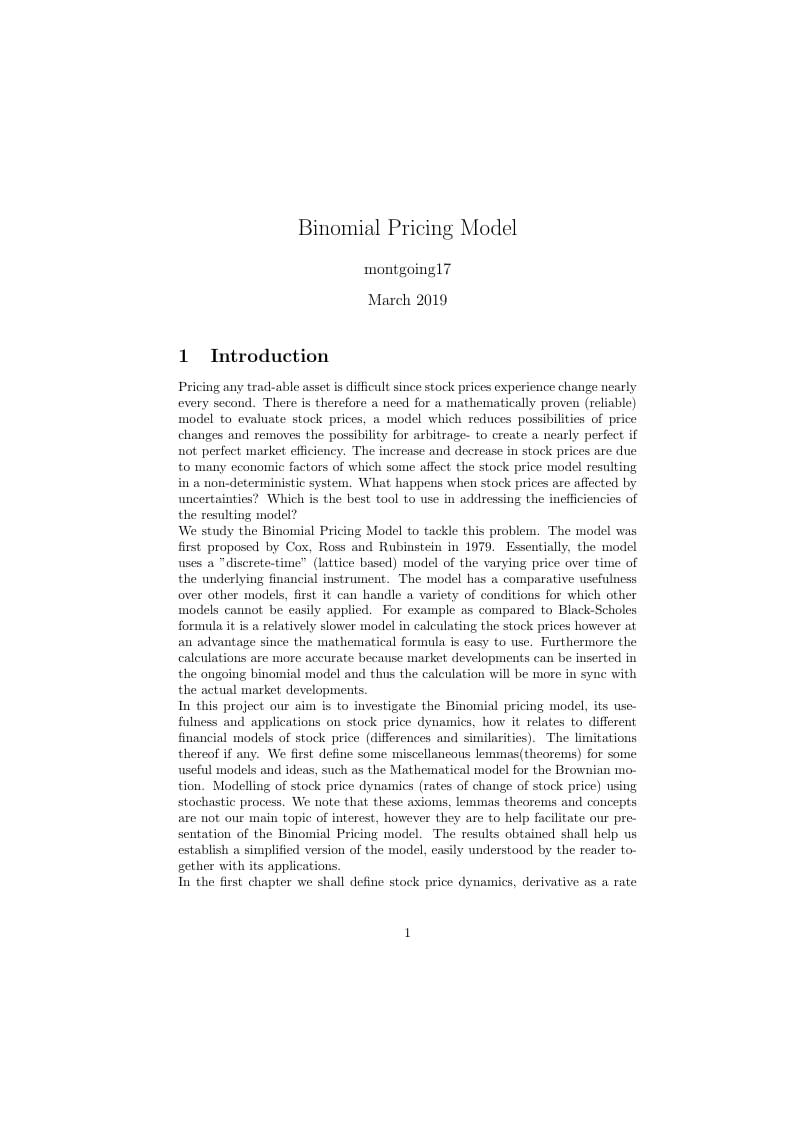
Binomial Pricing model, proposal for the final dissertation.
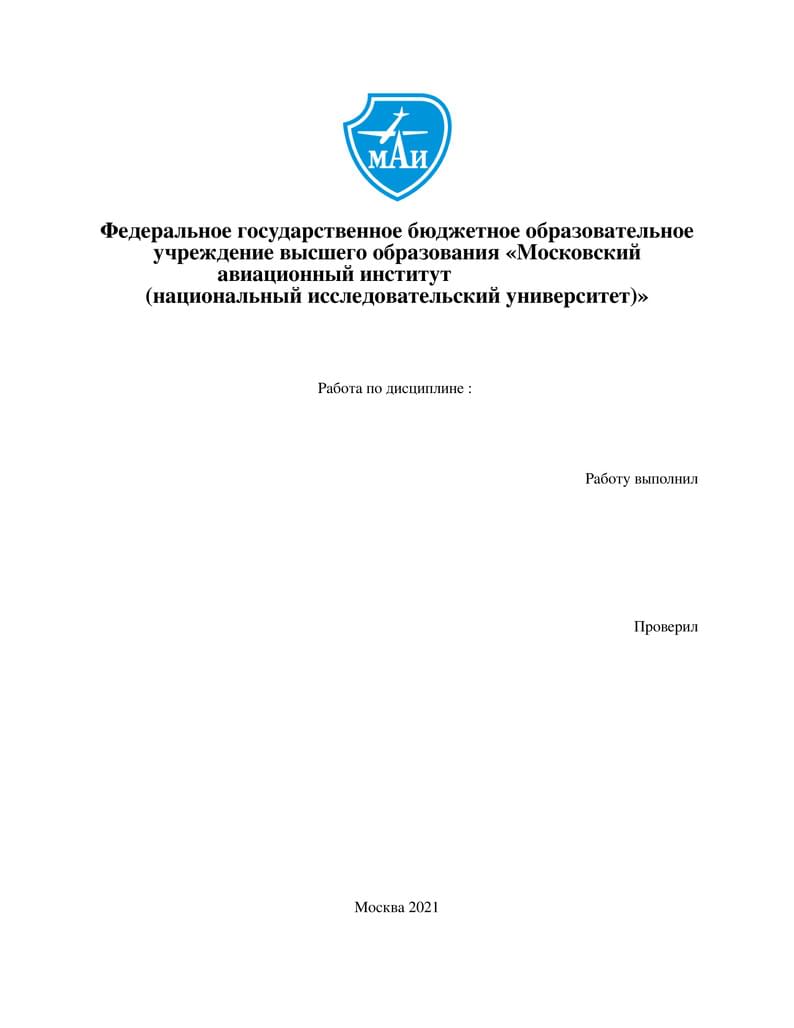
Это шаблон для студентов и аспирантов Московского Авиационного института для написания ими рефератов в соответствии с разделами ГОСТ 7.9-95 (ИСО 214-76). This is a template for MAI students and postgrads for essay writing in accordance with ISO 214-76 requirements
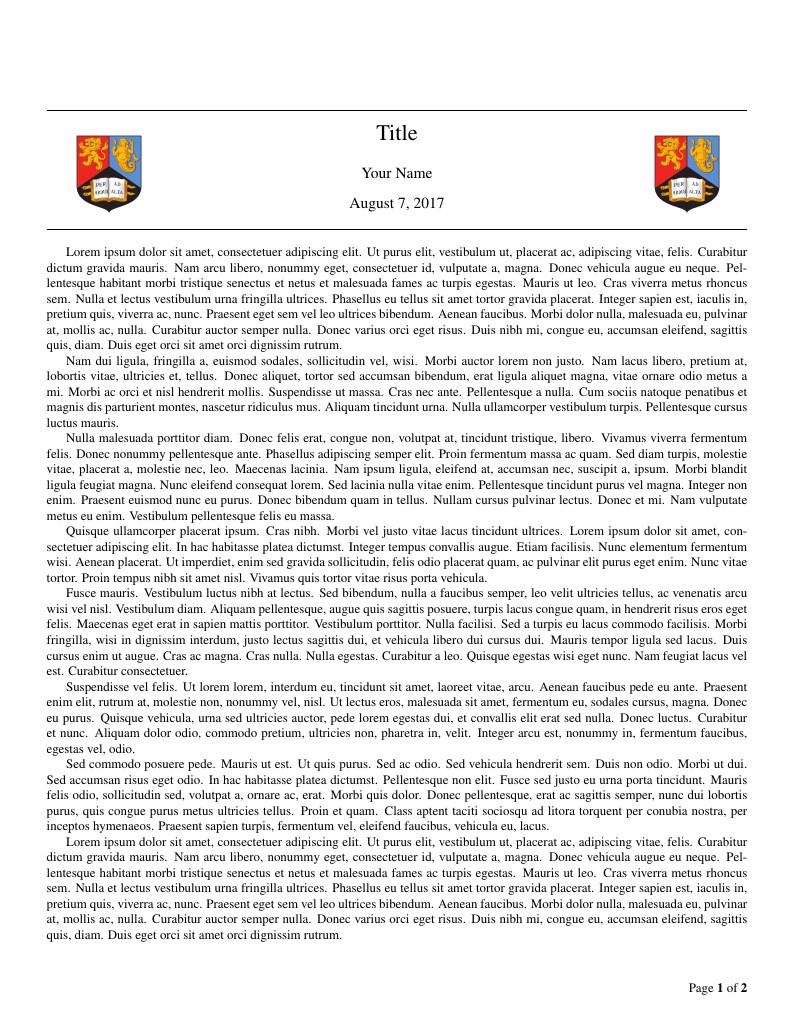
A template for student essays, designed specifically for the University of Birmingham.
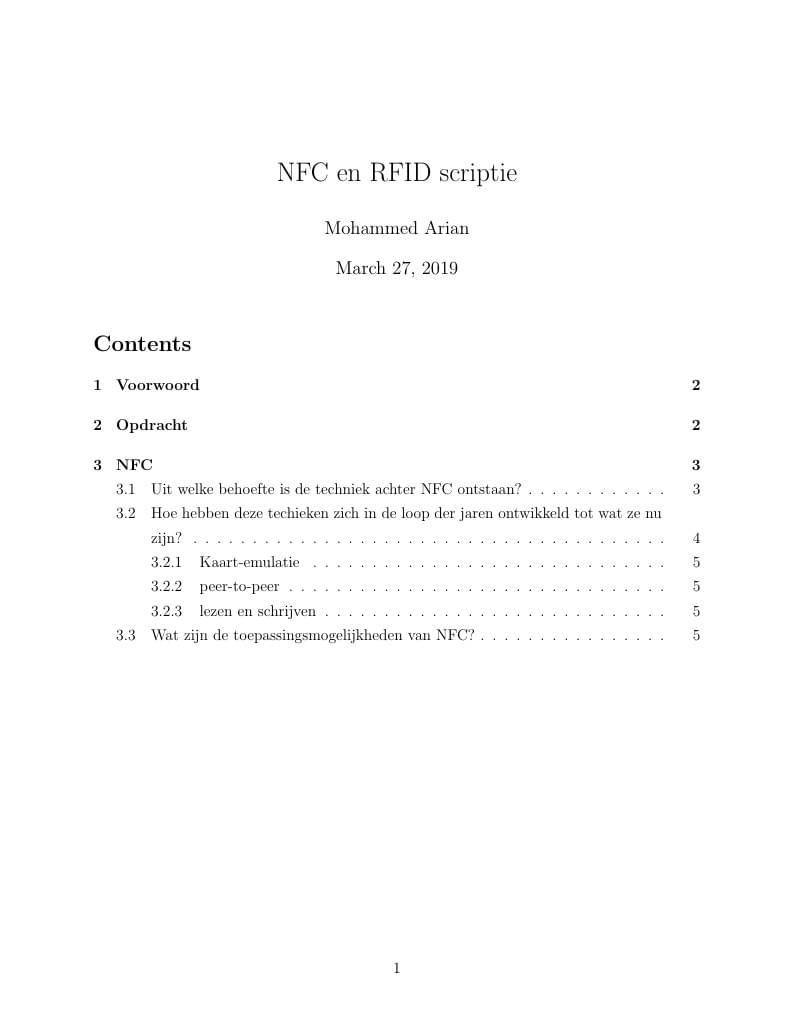
scriptie NFC en RFID. 1 Voorwoord Tegenwoordig ontwikkelt de technische wereld zich aardig snel. Als jij deze ontwikkelingen regelmatig volgt, dan komen de volgende termen Near Field Communication (NFC) en radiofrequentie-indentificatie (RFID) je zeker bekend voor. Dit is een technologie die op afstand informatie kan opslaan en lezen. Deze ontwikkeling in de technische wereld zoals NFC en RFID worden grootschalig uitgeprobeerd. NFC en RFID technologie maken handelingen zoals betalen makkelijker en sneller, daardoor ziet men er veel potentie in. Doormiddel van deze scriptie zal je kennis over dit onderwerp groter zijn.
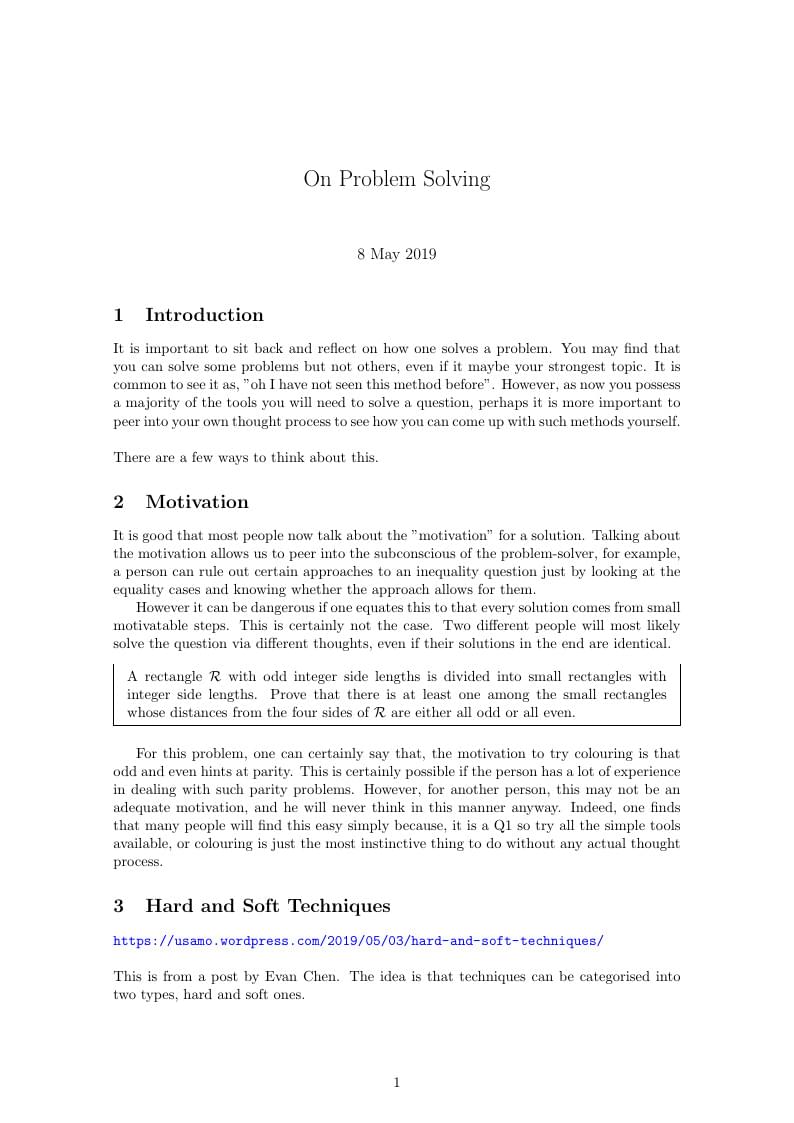
Note on problem solving
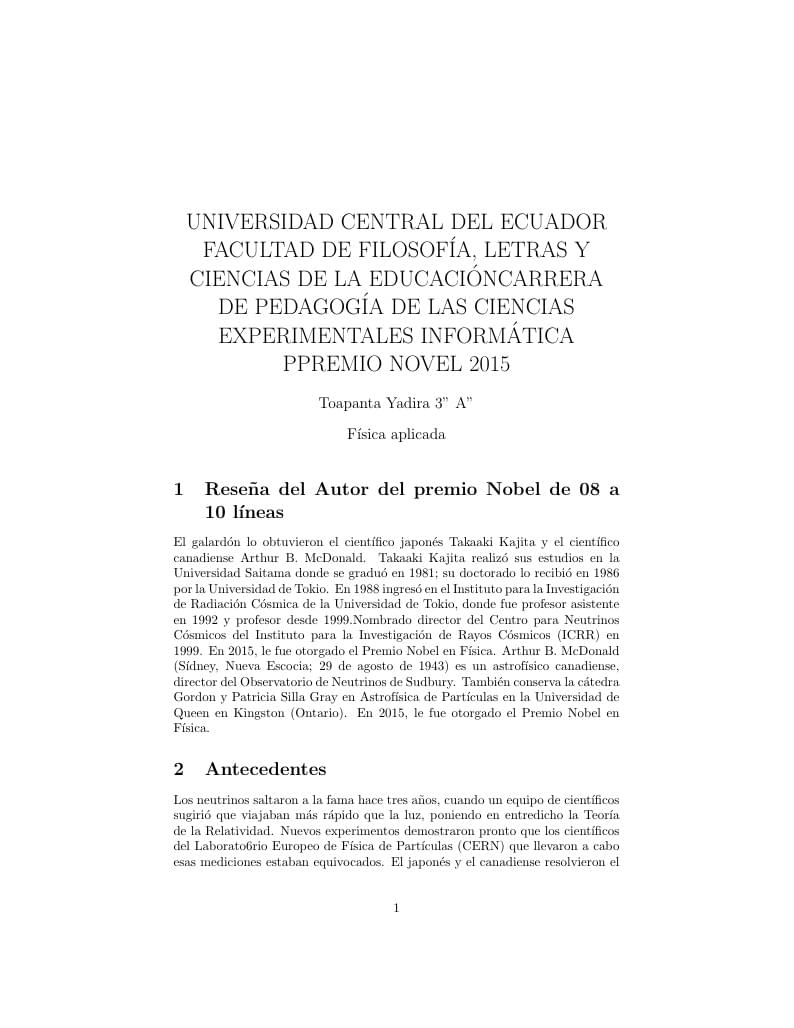
Investigación sobre los premio Nobel

This is a sample template for authoring APA7 manuscripts with apa7.cls. The sample code is distributed on CTAN.
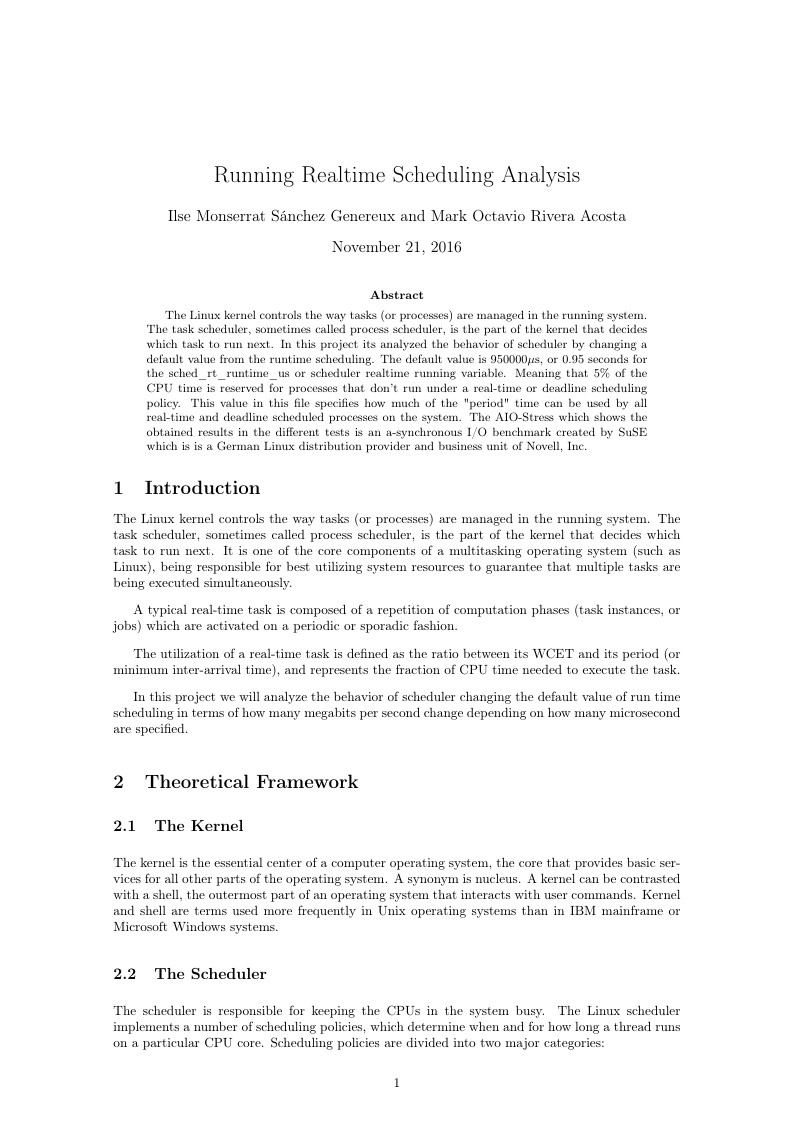
The Linux kernel controls the way tasks (or processes) are managed in the running system. The task scheduler, sometimes called process scheduler, is the part of the kernel that decides which task to run next. In this project its analyzed the behavior of scheduler by changing a default value from the runtime scheduling. The default value is 950000µs, or 0.95 seconds for the sched\_rt\_runtime\_us or scheduler realtime running variable. Meaning that 5% of the CPU time is reserved for processes that don't run under a real-time or deadline scheduling policy. This value in this file specifies how much of the "period" time can be used by all real-time and deadline scheduled processes on the system. The AIO-Stress which shows the obtained results in the different tests is an a-synchronous I/O benchmark created by SuSE which is is a German Linux distribution provider and business unit of Novell, Inc.
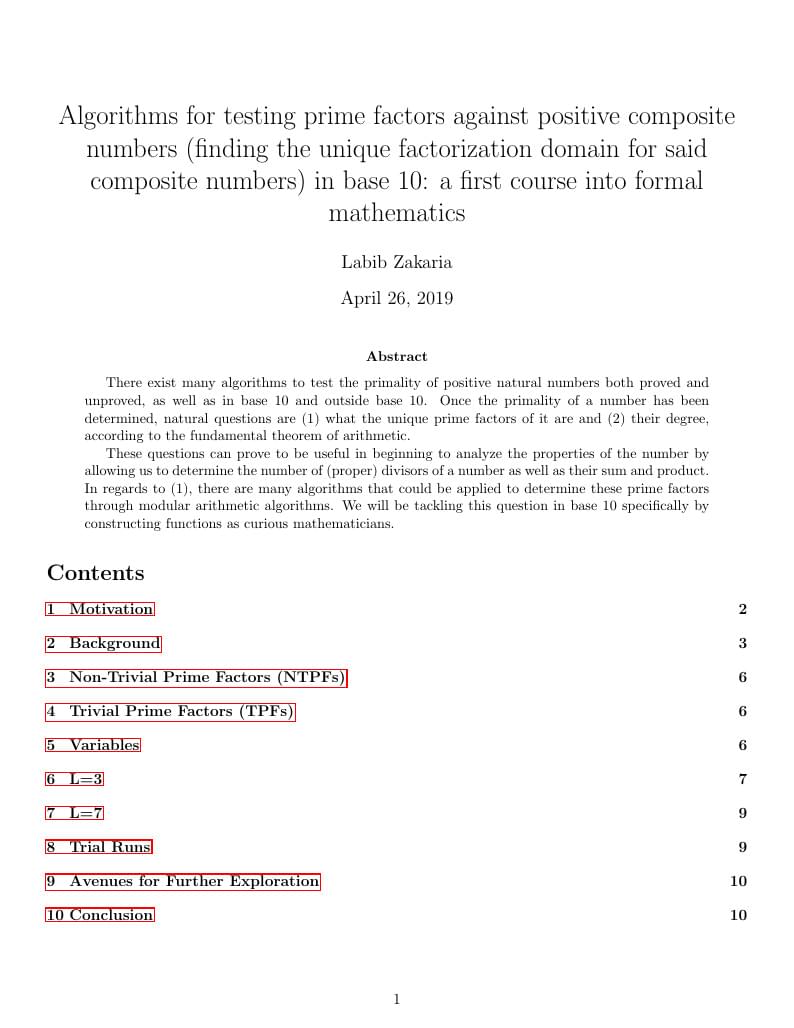
Senior high school student interested in math, hope to make math friends. lzakaria54@gmail.com